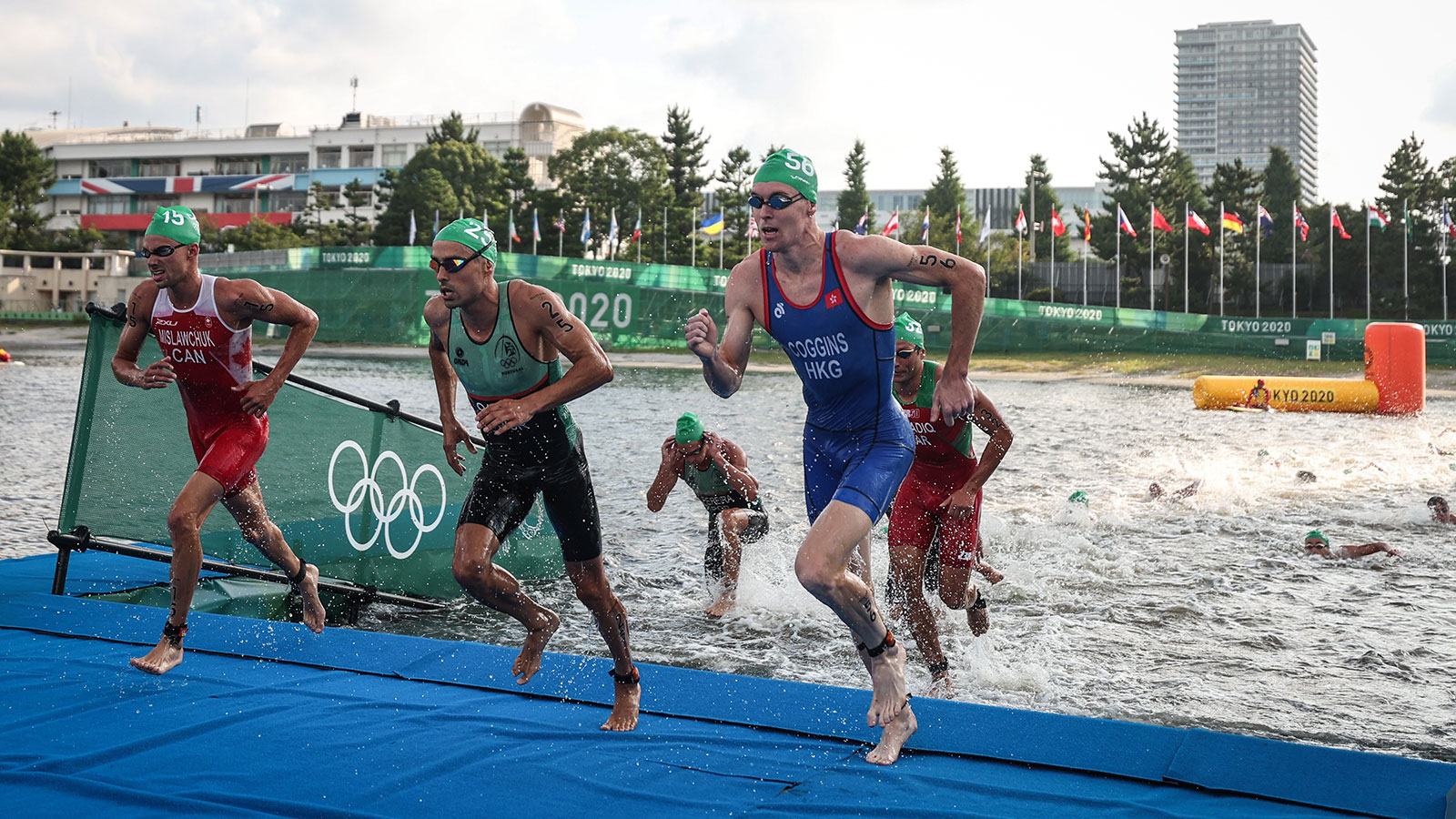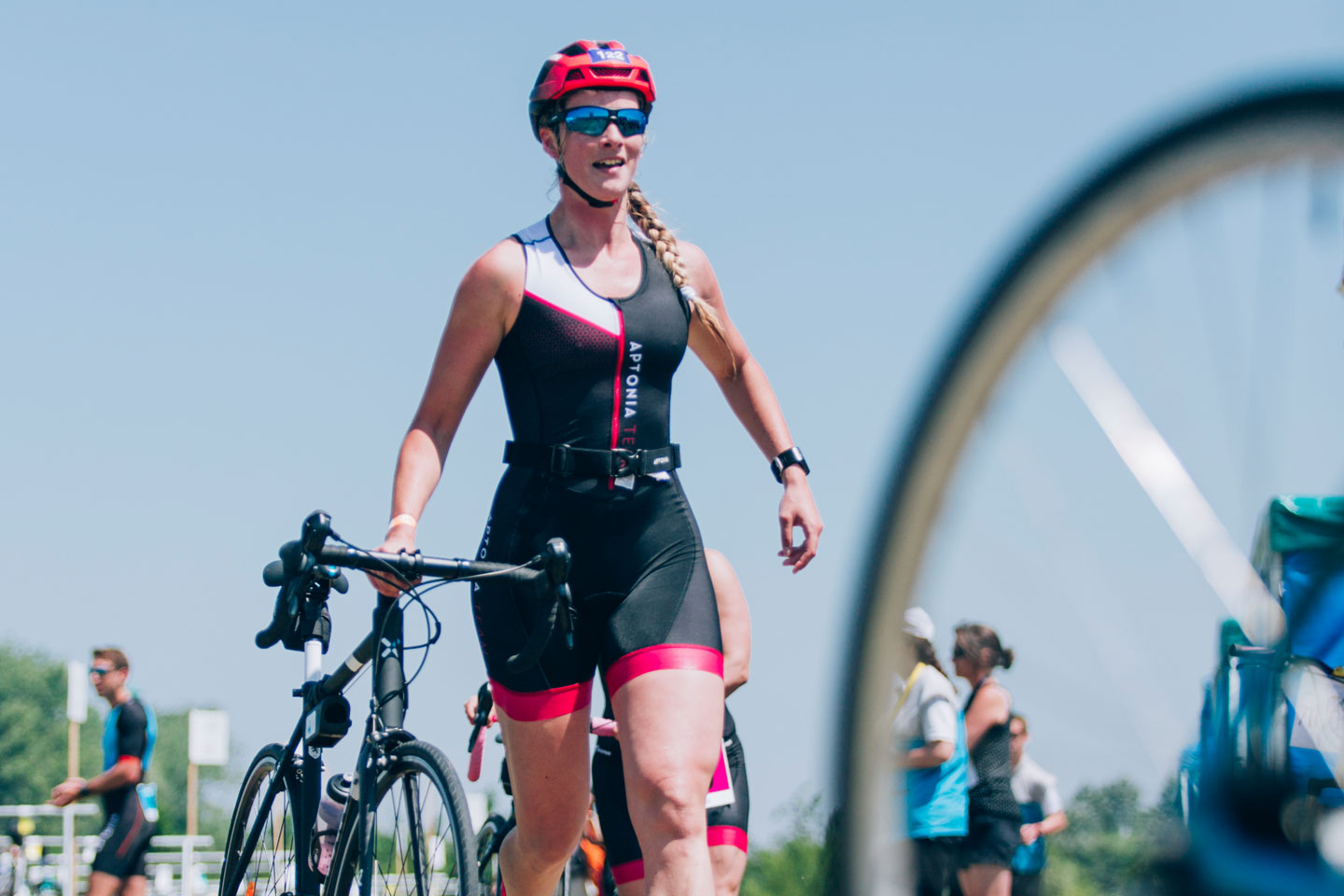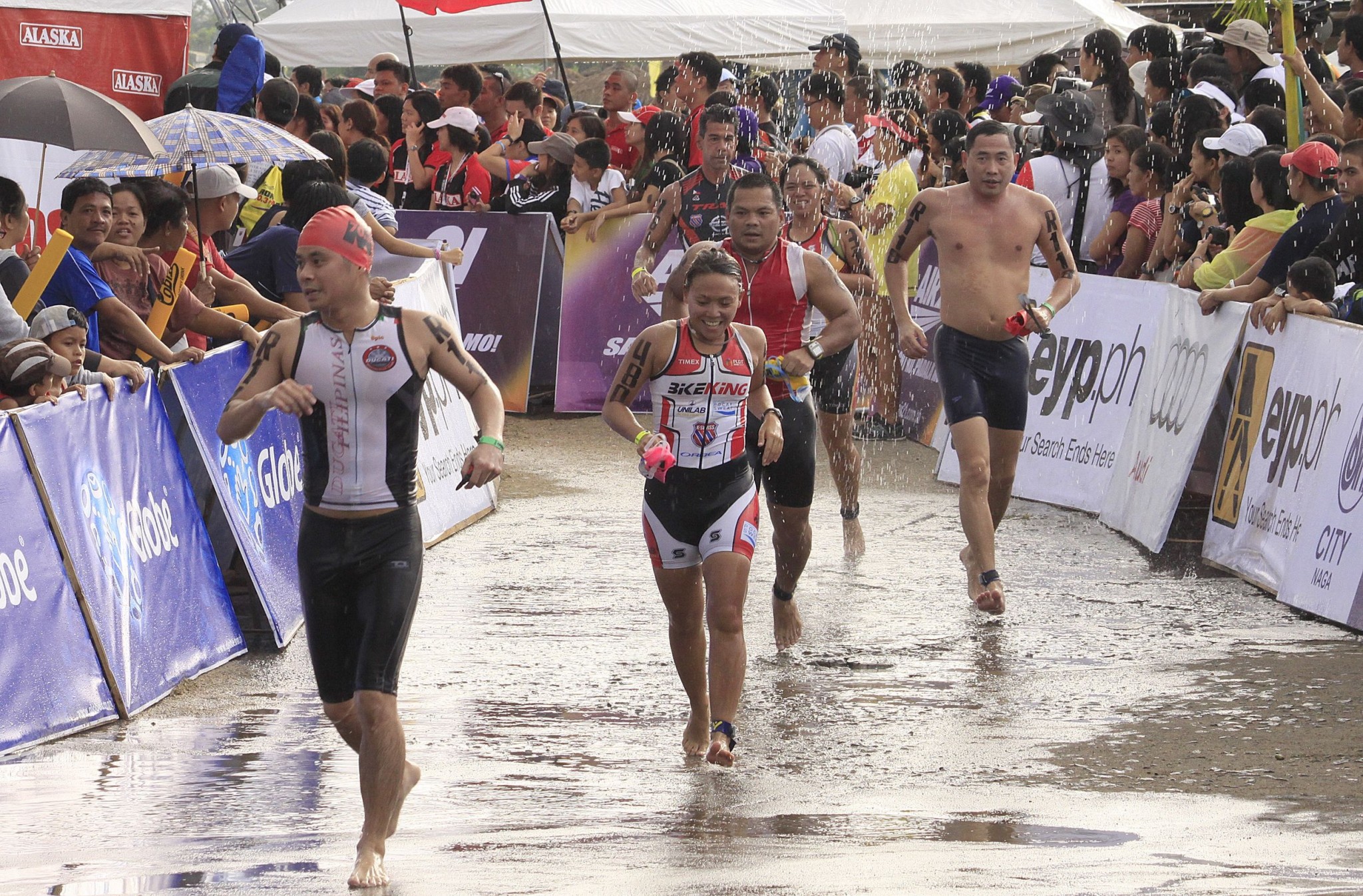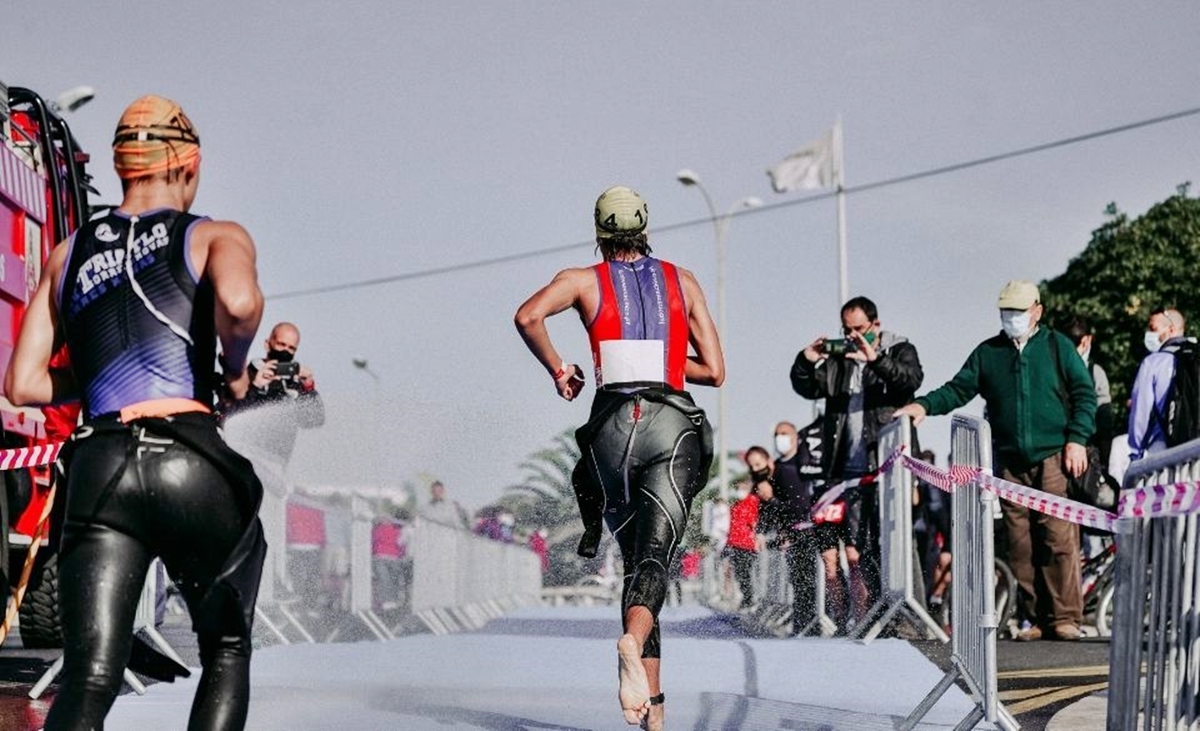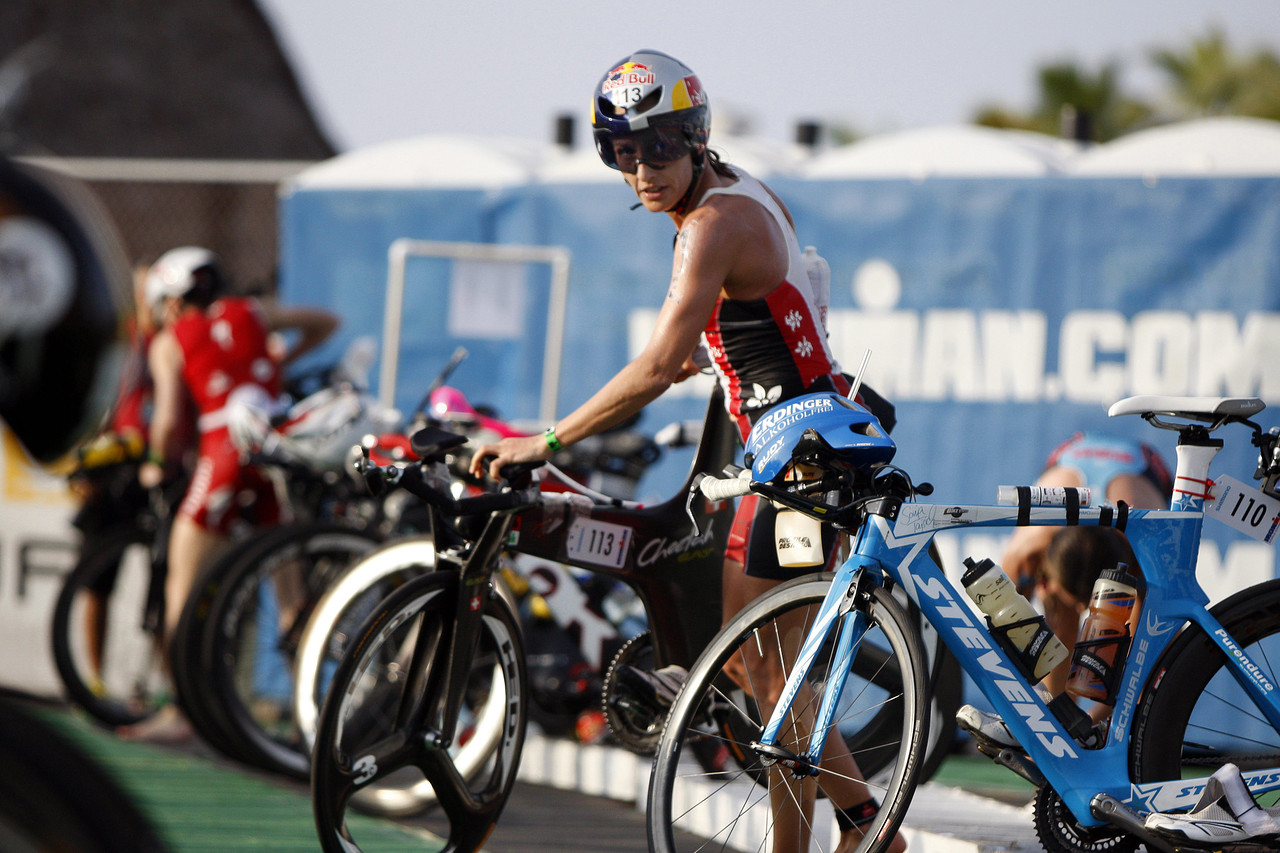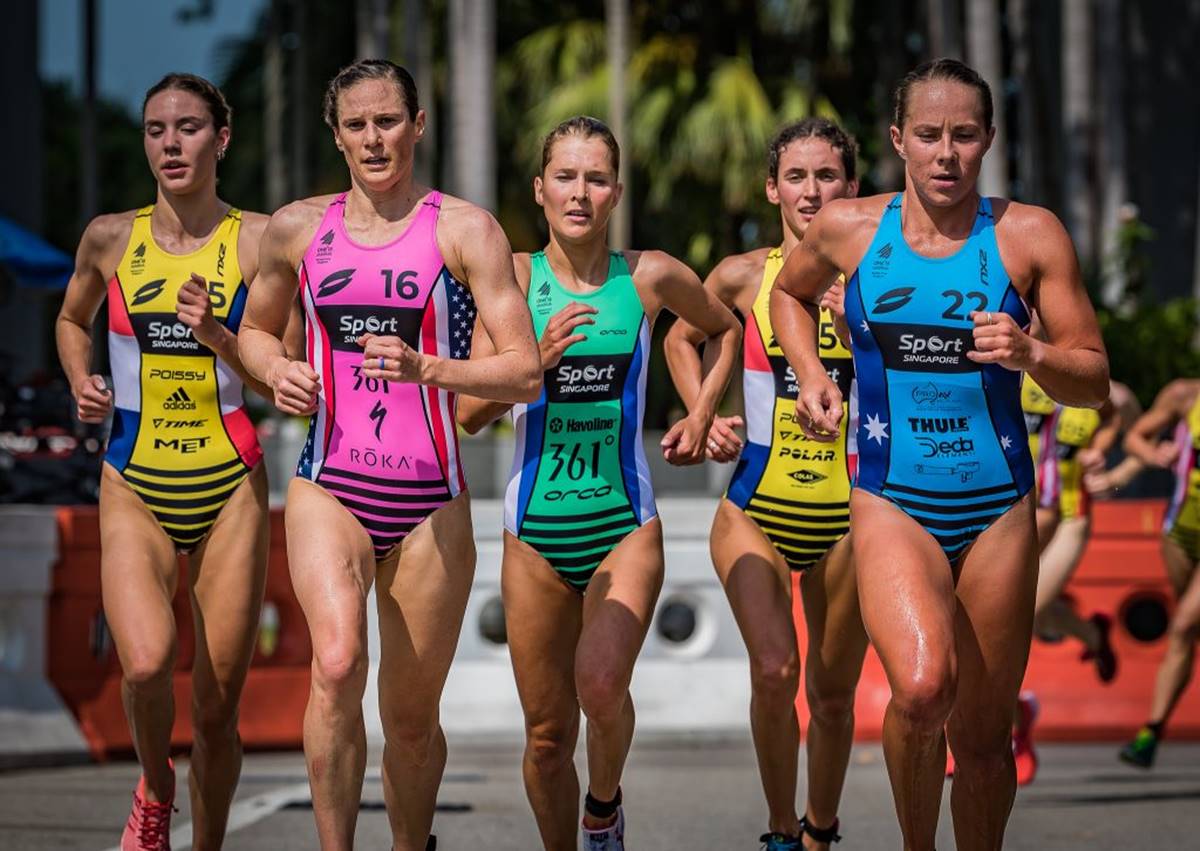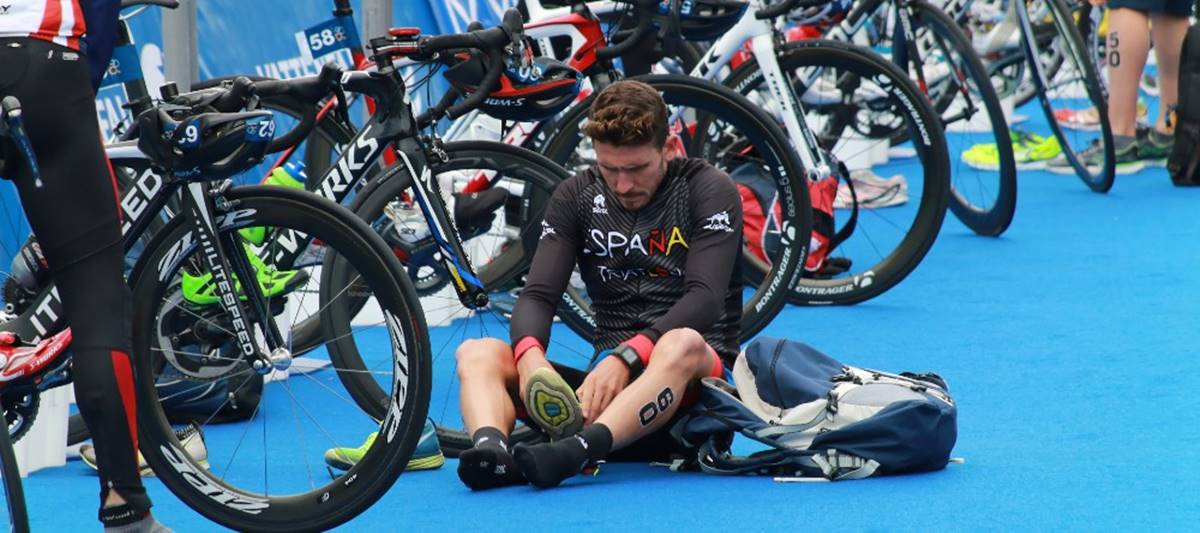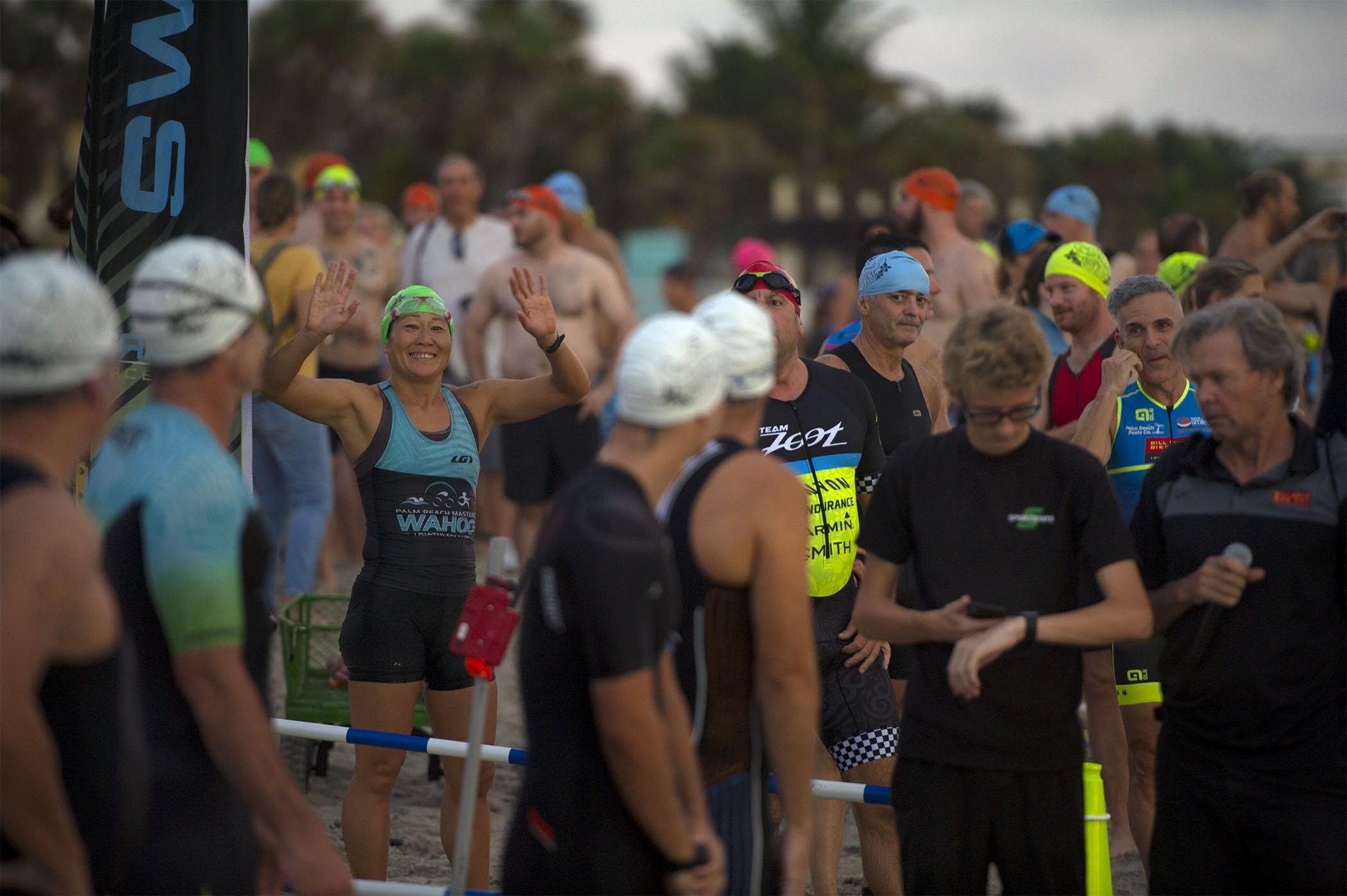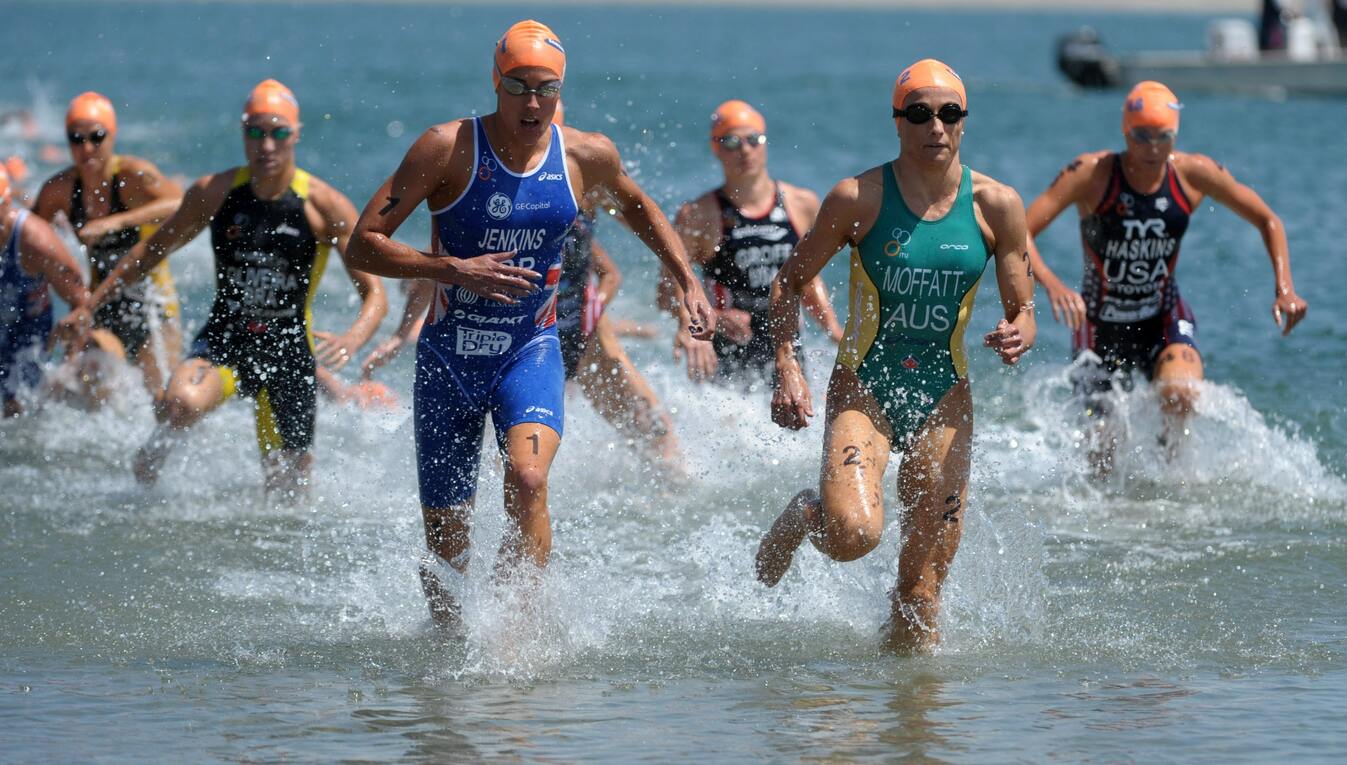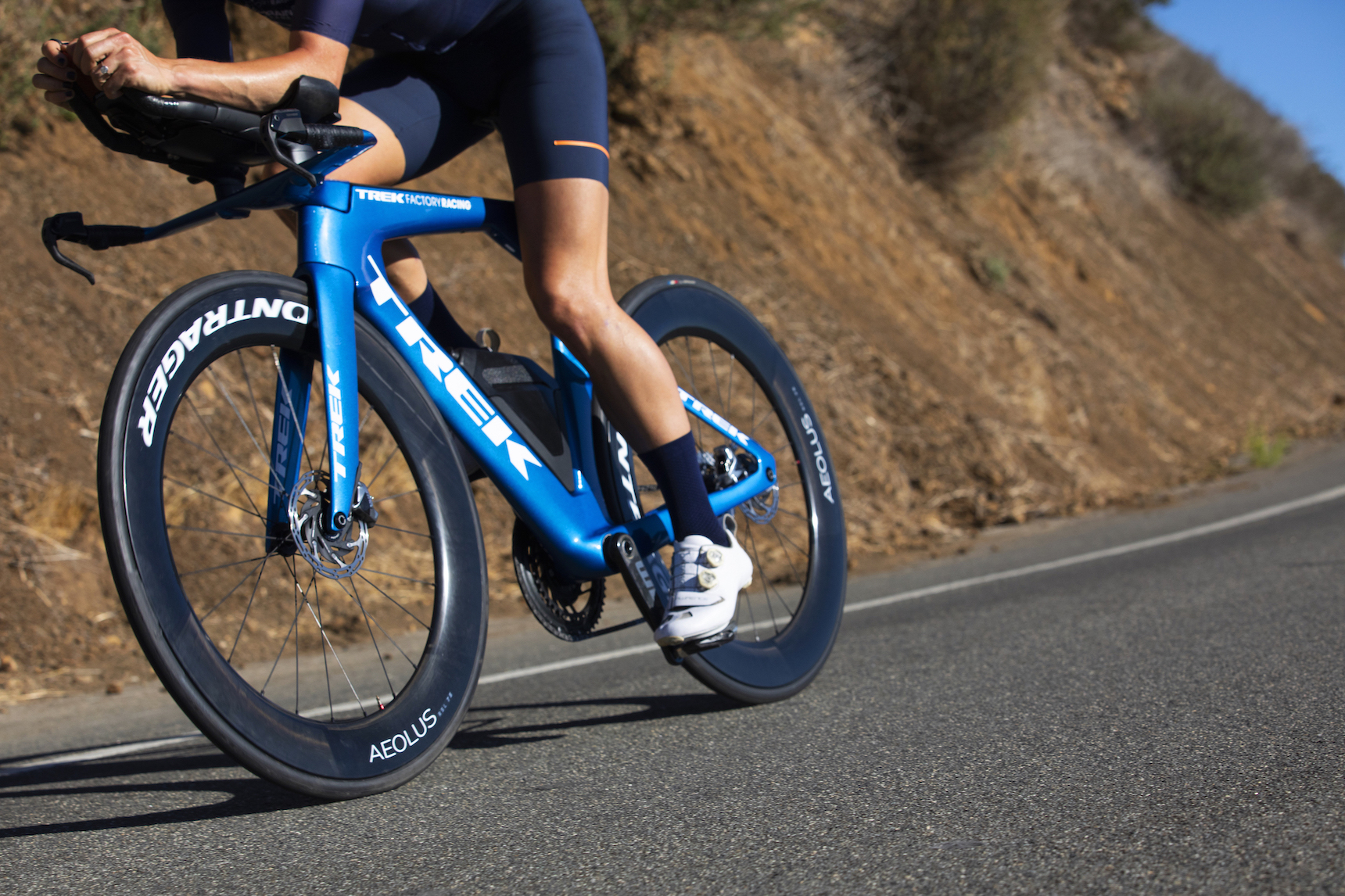

Featured
What Triathlon Bike Shoes Do Pros Wear?
Modified: January 2, 2024
Get a sneak peek into the world of professional triathlon with our featured article on what triathlon bike shoes pros wear. Discover the top choices and gain insights from the experts.
Introduction
Triathlon is a demanding and exhilarating sport that combines swimming, cycling, and running. It requires athletes to seamlessly transition between disciplines, making their equipment choices vital to their performance. The right gear can make all the difference when it comes to shaving off seconds or even minutes from your race time.
One essential piece of equipment that triathletes invest in is a pair of high-quality triathlon bike shoes. These specialized shoes are designed to optimize performance on the bike while also allowing for a smooth transition to the running portion of the race. In this article, we will explore the world of triathlon bike shoes, specifically focusing on what professional triathletes prefer to wear.
Triathlon bike shoes differ from regular cycling shoes in several ways. These shoes are specifically designed to meet the unique demands of multisport races, incorporating features that prioritize speed, comfort, and efficient power transfer. They are designed to be lightweight, aerodynamic, and easy to put on and take off during transitions.
When choosing triathlon bike shoes, there are several factors to consider. Firstly, the shoe’s fit and comfort are crucial. Long hours in the saddle require shoes that provide optimum support and minimize discomfort. Additionally, the shoe’s closure system plays a significant role in the ease of putting them on and securing them during a race. Common closure systems include velcro straps, BOA dials, and laces.
Another important consideration is the shoe’s stiffness, which determines how power is transferred from the cyclist’s legs to the pedals. Triathlon bike shoes typically have a stiff sole to maximize power transfer while still allowing for some flexibility for the running portion of the race.
In this article, we will explore the different types of triathlon bike shoes, their pros and cons, and shed light on the top triathlon bike shoes preferred by professional triathletes. Whether you are a professional athlete or a dedicated amateur, understanding the preferences of the pros can help inform your own shoe selection and improve your overall performance in triathlon races.
Triathlon Bike Shoes: What Sets Them Apart?
Triathlon bike shoes are specifically designed to meet the unique demands of the sport. They offer several distinct features that set them apart from regular cycling shoes.
One of the key design differences is their ease of transition. Triathlon races require athletes to swiftly move from the bike to the running portion, and vice versa. Triathlon bike shoes are designed to facilitate quick and easy transitions, with features such as wide openings, large heel loops, and efficient closure systems.
Another important factor is their lightweight construction. Every extra ounce on your feet can contribute to fatigue during long-distance races. Triathlon bike shoes are made with lightweight materials to reduce weight and increase comfort. This allows athletes to maintain optimal energy levels throughout the race.
Aerodynamics is also a crucial consideration for triathletes. Every second counts, and reducing drag is essential for improving cycling speed. Triathlon bike shoes are designed with sleek profiles and streamlined shapes to minimize wind resistance, enabling riders to cut through the air more efficiently.
In addition, triathlon bike shoes feature a stiff sole to maximize power transfer. The stiff sole ensures that the energy exerted by the cyclist is efficiently transmitted to the pedals, resulting in increased pedaling efficiency and overall speed. However, these shoes also maintain some level of flexibility to accommodate the running portion of the race without compromising comfort or performance.
Another key feature is the ventilation system. Triathlon races often take place in hot and humid conditions, and the feet can become sweaty and uncomfortable. Triathlon bike shoes come equipped with breathable materials and ventilation ports to enhance airflow and keep the feet cool and dry during the race.
Lastly, triathlon bike shoes are designed with a specific fit to cater to the unique needs of triathletes. The shoes have a snug fit that hugs the foot tightly to prevent slippage and ensure maximum power transfer. Additionally, they often have a wider toe box to allow for natural toe splay and reduce the risk of blisters and discomfort during longer races.
In summary, triathlon bike shoes are specifically designed to meet the demands of triathlon races. Their features include easy transition, lightweight construction, aerodynamics, stiff soles for power transfer, ventilation systems for breathability, and a specialized fit for optimal performance. These specialized shoes enable triathletes to push their limits and perform at their best in this challenging sport.
Factors to Consider When Choosing Triathlon Bike Shoes
Choosing the right pair of triathlon bike shoes is crucial for achieving optimal performance and comfort during your races. Here are several factors to consider when selecting your triathlon bike shoes:
Fit and Comfort:
The fit and comfort of your triathlon bike shoes are of utmost importance. Look for shoes that provide a snug fit without being too tight. The shoes should securely hold your feet in place and offer ample support to prevent any slippage or hot spots. Consider trying on different brands and models to find the one that best suits your foot shape and size.
Closure System:
Triathlon bike shoes come with various closure systems, such as velcro straps, BOA dials, and laces. Each closure system has its own advantages. Velcro straps offer quick and easy adjustments, BOA dials provide precise and customizable fit, while laces offer a classic and adjustable closure option. Choose a closure system that is easy to use and provides the desired level of adjustability during your races.
Sole Stiffness:
The stiffness of the shoe’s sole determines how efficiently power is transferred from your legs to the pedals. A stiff sole ensures maximum power transfer, resulting in improved pedaling efficiency and faster speeds. However, it’s important to strike a balance between stiffness and flexibility, especially if you also need to run after the cycling leg. Look for shoes with a sole that offers enough rigidity for cycling, yet still allows for some flexibility during the running portion of the race.
Breathability:
Triathlon races often take place in warm and humid conditions, making breathability an important factor to consider. Look for shoes with good ventilation and breathable materials to keep your feet cool and dry throughout the race. Adequate airflow helps prevent moisture build-up and reduces the risk of discomfort and blisters.
Weight:
Every gram on your feet adds to fatigue during long-distance races. Look for lightweight triathlon bike shoes that help reduce the overall weight you need to propel forward. Lightweight shoes can improve your performance and allow for more efficient energy transfer throughout the race.
Compatibility:
Ensure that the triathlon bike shoes you choose are compatible with your bike’s pedal system. Whether you have a clipless pedal system or a different type, make sure the shoes have the necessary cleat attachments that align with your pedal system.
By considering these factors and finding the right balance that suits your personal preferences and race requirements, you’ll be able to select triathlon bike shoes that enhance your performance, provide comfort, and support you throughout each leg of the race.
Pros and Cons of Different Triathlon Bike Shoe Types
There are several different types of triathlon bike shoes available on the market, each with its own advantages and disadvantages. Understanding the pros and cons of each type can help you make an informed decision when choosing the right pair for your triathlon races. Let’s explore:
Velcro Strap Closure:
Velcro strap closures are a popular choice among triathletes due to their simplicity and ease of use. They allow for quick and easy adjustments during transitions, enabling you to secure your shoes tightly without wasting time. The main advantage of velcro straps is their convenience and accessibility. However, one drawback is that they may not offer the same level of precision and customization as other closure systems.
BOA Dial Closure:
BOA dial closures are a more advanced and customizable option. They consist of a dial system that allows for minute adjustments, providing a precise and secure fit. The dial closures evenly distribute the tension across the shoe and are easily adjustable on the fly. The main advantage of BOA dials is their ability to achieve a personalized fit, ensuring maximum comfort and support. On the downside, the complex mechanism may require more time and effort to adjust compared to velcro straps.
Lace Closure:
Traditional lace closures offer a classic and adjustable option for triathlon bike shoes. Laces provide a customizable fit and allow you to fine-tune the tension for comfort and performance. The advantage of lace closures is their simplicity and the ability to customize fit to your preference. However, one drawback is that laces may become loose during the race, requiring occasional readjustments.
Carbon Sole:
Triathlon bike shoes with a carbon sole offer excellent power transfer and stiffness. Carbon soles are lightweight yet rigid, ensuring that every ounce of energy from your legs is efficiently transmitted to the pedals. The stiffness of carbon soles results in improved pedaling efficiency, providing a significant advantage in races. However, carbon soles can be more expensive than other materials and may lack some flexibility, which could affect comfort during the running leg.
Mesh Upper:
Bike shoes with a mesh upper provide excellent breathability, allowing air to flow freely and keeping your feet cool and dry during the race. The advantage of mesh uppers is their ability to prevent heat and sweat build-up, reducing the risk of discomfort and blisters. However, the mesh material may not offer the same level of durability and protection as other materials, which could be a consideration for longer races or harsher racing conditions.
It’s important to note that personal preferences and race requirements will influence which type of triathlon bike shoe is best suited for you. Consider factors such as convenience, customization, comfort, power transfer efficiency, and breathability when making your decision. Ultimately, finding the right balance between these factors will contribute to your overall performance and enjoyment during triathlon races.
Top Triathlon Bike Shoes Preferred by Professional Triathletes
Professional triathletes demand the best when it comes to their gear, and triathlon bike shoes are no exception. While individual preferences may vary, there are several top choices favored by professional triathletes that consistently deliver outstanding performance. Let’s take a look at some of the top triathlon bike shoes preferred by the pros:
1. Specialized S-Works Trivent:
The Specialized S-Works Trivent is a popular choice among professional triathletes. It features a carbon sole for maximum power transfer, a convenient BOA dial closure system for a personalized fit, and a ventilated mesh upper for breathability. The S-Works Trivent offers exceptional comfort and efficiency, making it a top choice for many elite athletes.
2. Shimano SH-TR9:
The Shimano SH-TR9 is another highly regarded triathlon bike shoe among professionals. It boasts a lightweight carbon composite sole for optimal power transfer, a dual-strap closure system for quick and secure fit adjustments, and a 3D mesh upper for breathability. The SH-TR9 provides excellent support and comfort, allowing athletes to push their limits in races.
3. Sidi T-4 Air Carbon Composite:
Sidi is a renowned brand in the world of cycling shoes, and the T-4 Air Carbon Composite is a top choice for professional triathletes. It features a stiff carbon composite sole for efficient power transfer, a dual-strap closure system for a secure fit, and a perforated upper for breathability. The T-4 Air Carbon Composite offers exceptional performance and durability for long-distance races.
4. Fizik Transiro Infinito R1 Knit:
Fizik is known for its high-quality cycling footwear, and the Transiro Infinito R1 Knit is favored by many professional triathletes. It combines a stiff carbon sole with a knit upper for comfort and breathability. The single BOA dial closure system allows for quick adjustments, and the shoe’s versatility makes it suitable for both short and long-distance triathlon events.
5. Giro Prolight Techlace:
The Giro Prolight Techlace is a lightweight and high-performance triathlon bike shoe that professional athletes appreciate. It features a carbon outsole for power transfer, a Techlace closure system that combines the benefits of laces and velcro straps, and a breathable upper for optimal ventilation. The Prolight Techlace offers a precise fit and excellent energy transfer for top-level performance.
These are just a few examples of the top triathlon bike shoes preferred by professional triathletes. It’s important to note that what works for the pros may not necessarily work for everyone. Finding the right pair of triathlon bike shoes is a personal journey that involves considering individual preferences, fit, comfort, and race requirements. Ultimately, the best triathlon bike shoes are the ones that enhance your performance, provide comfort, and help you achieve your racing goals.
Conclusion
Choosing the right triathlon bike shoes is essential for maximizing your performance and comfort during races. These specialized shoes are designed to meet the unique demands of the sport, offering features such as easy transition, lightweight construction, aerodynamics, stiff soles for power transfer, breathability, and a specialized fit.
When selecting your triathlon bike shoes, consider factors such as fit and comfort, closure system, sole stiffness, breathability, and weight. Finding the right balance that suits your personal preferences and race requirements is crucial.
Different types of triathlon bike shoes, such as those with velcro strap, BOA dial, or lace closures, offer various advantages and disadvantages to consider. Similarly, shoes with carbon soles provide excellent power transfer but may lack some flexibility, while mesh uppers offer breathability but may sacrifice durability.
It’s important to mention that the top triathlon bike shoes preferred by professional triathletes, such as the Specialized S-Works Trivent or Shimano SH-TR9, can serve as reliable benchmarks. However, the best triathlon bike shoes for you are the ones that align with your individual needs and preferences.
Whether you are a professional triathlete or a dedicated amateur, investing in high-quality triathlon bike shoes will undoubtedly enhance your overall race experience. The right shoes will provide comfort, support, and optimize your power transfer, allowing you to push your limits and achieve your racing goals.
Take the time to research, try on different brands and models, and seek recommendations from fellow triathletes. By finding the perfect pair of triathlon bike shoes, you will be well-equipped to conquer the challenging multisport races and enjoy the thrill of triathlon to its fullest.

